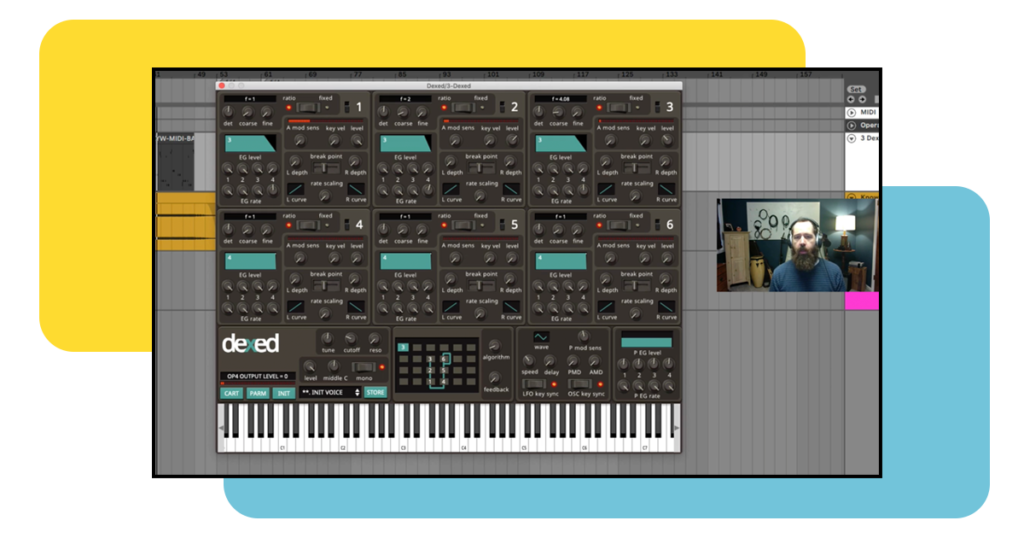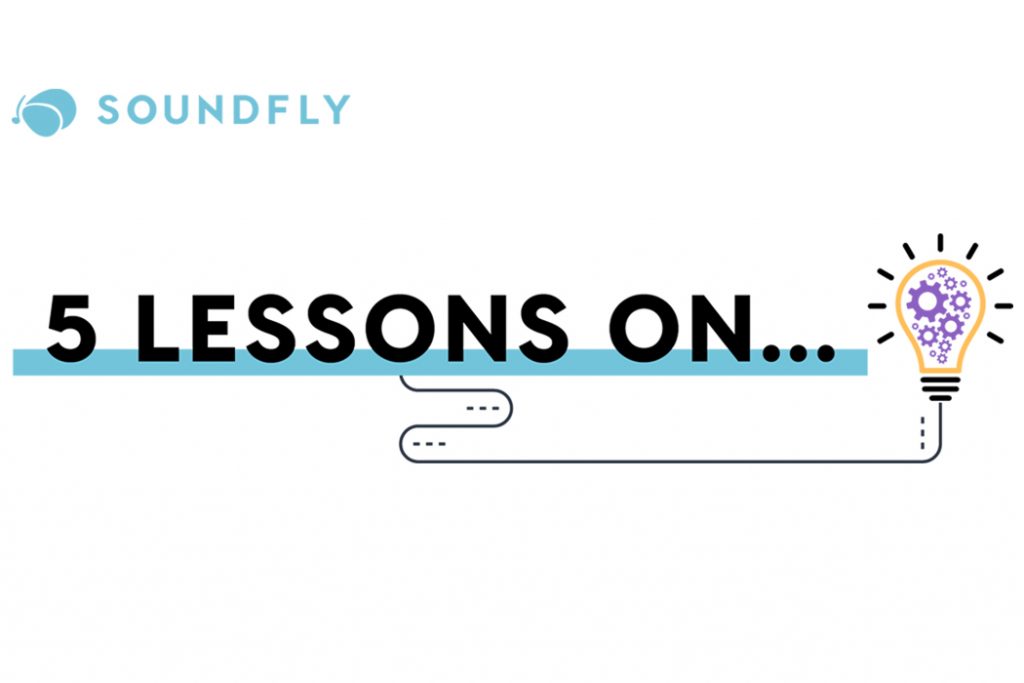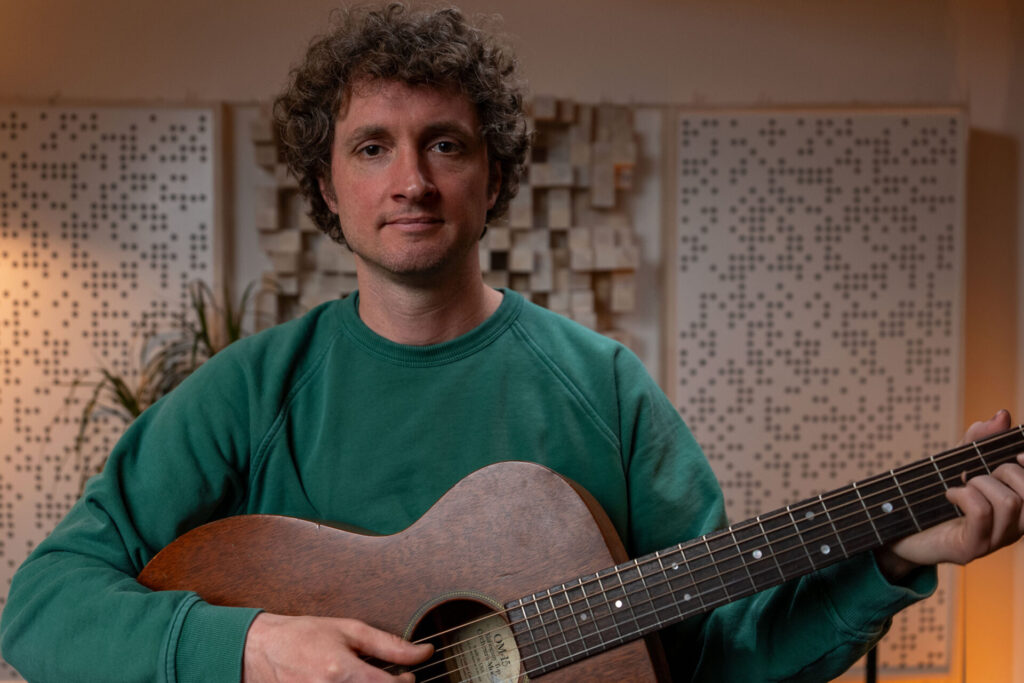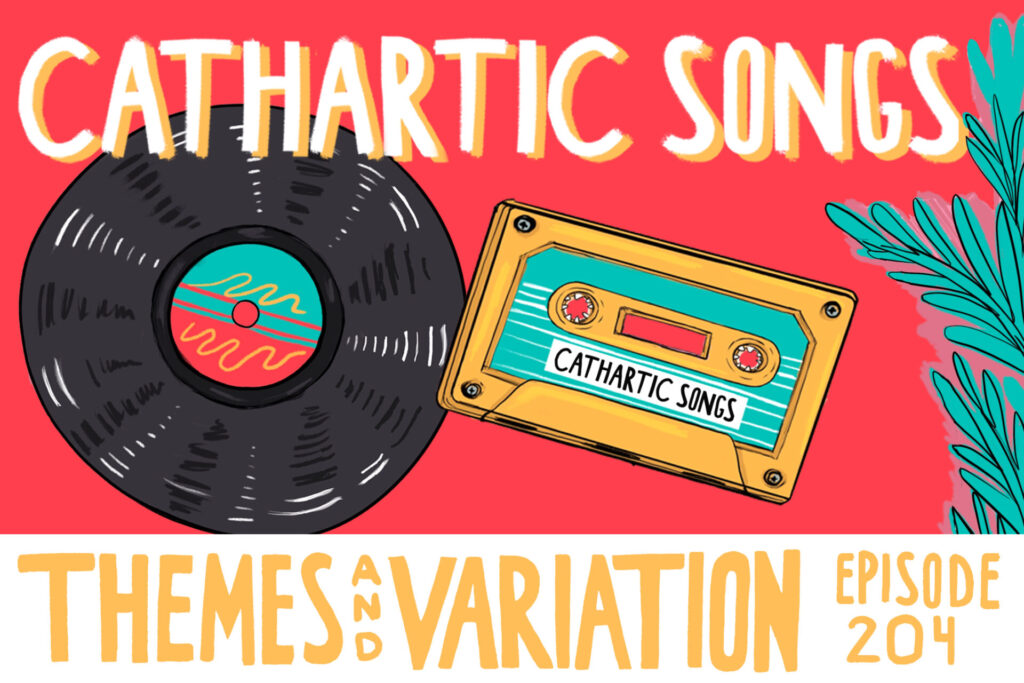How to attack rhythm writing with creativity
These days, plugging in a stock four-on-the-floor beat just doesn’t cut it. Producers, writers, improvisers, all need to be equipped with tools and approaches for writing rhythmic patterns that surprise listeners, and sound and feel different.
Below, we’ll hear from a number of artists on where they find inspiration, when to insert dazzling unpredictability, and how to pull emotions out of film scenes using rhythm. These are 5 course lessons exploring rhythmic writing.
But these links are only accessible with an active Soundfly subscription.
So make sure to subscribe to level up your toolkit, and gain access to everything else Soundfly has to offer. Here are our favorite 5 Lessons On… Writing Rhythm. Enjoy!

Jlin: “My mantra is CPU — Clean, Precise, and Unpredictable.”
Jlin’s music is as unique as it is because she takes no bar or beat for granted. Holding true to her mantra, she treats every measure is given equal care and attention, and she’s always looking for ways to surprise her listener with well-placed variations.


Ryan Lott: “Deantoni listens to Chaka Khan, he also listens to the woodpecker.”
Songwriter/producer Ryan Lott takes an extremely unique approach to building rhythm samples in this lesson, enlisting percussionist Deantoni Parks to create swarms of rapid “woodpecker” hits.


Ian Temple: “Ramping up the subdivisions creates intensity and drama in film music.”
In this lesson from Intro to Scoring for Film & TV, we learn the various approaches to imbuing trailer music with quick emotion. In rhythm, dense subdivisions and layers sound like tension boiling over.


Kiefer: “Rhythmic phrasing is the strongest element in a melody.”
Here, Kiefer converts a spoken phrase into a rhythm, and then transposes it to notes on a piano. Generating melody from meter by using speech patterns opens up many opportunities for improvisation.


John Hull: “The bass, kick, and snare interact to feel like a conversation.”
This breakdown from Advanced Synths & Patch Design takes aim at Khalid & Disclosure’s “Know Your Worth,” a track loaded with syncopated drums and bass, swung time, and rhythmic conversation.
Subscribe Today.
Ready to learn? Join Soundfly’s subscription to access all of these lessons and so much more. Take a single course from beginning to end, or bounce around and pick up wherever you left off. Explore our full range of artist-led courses here.




